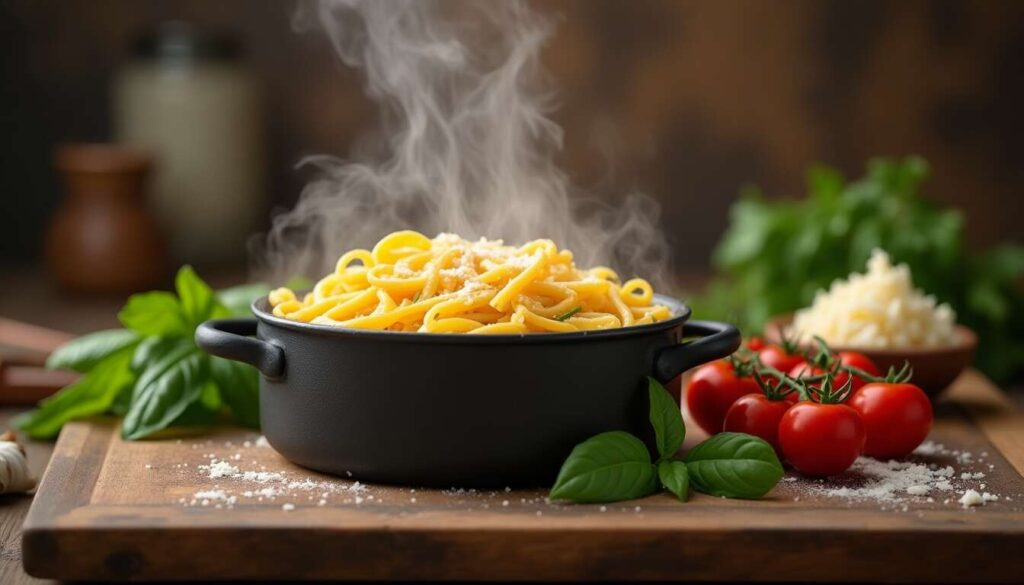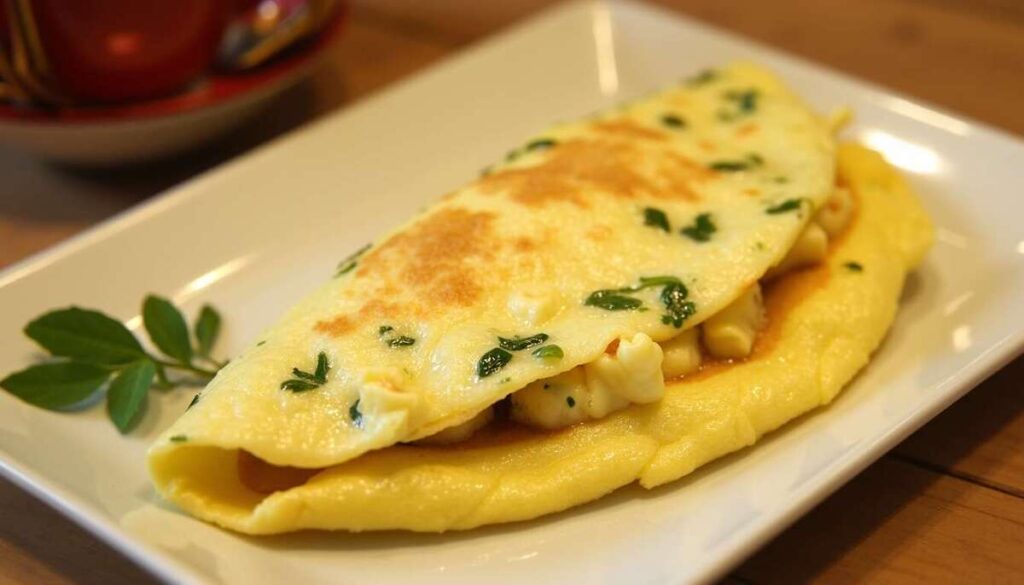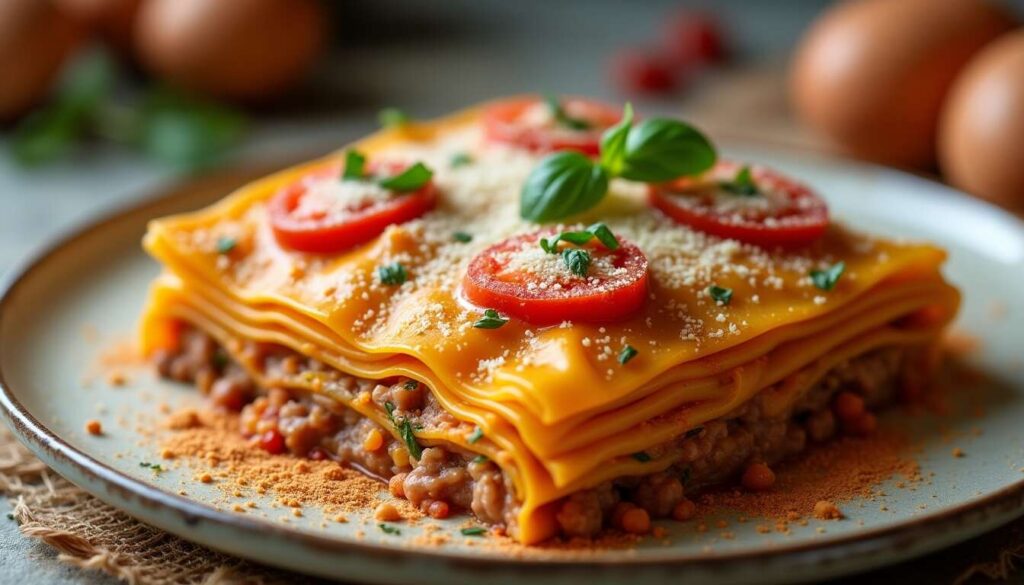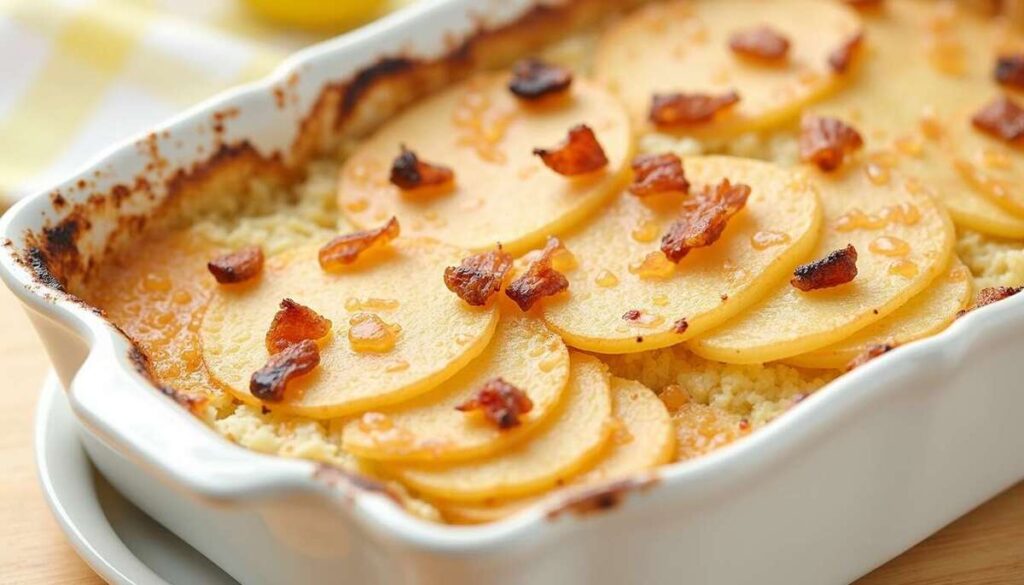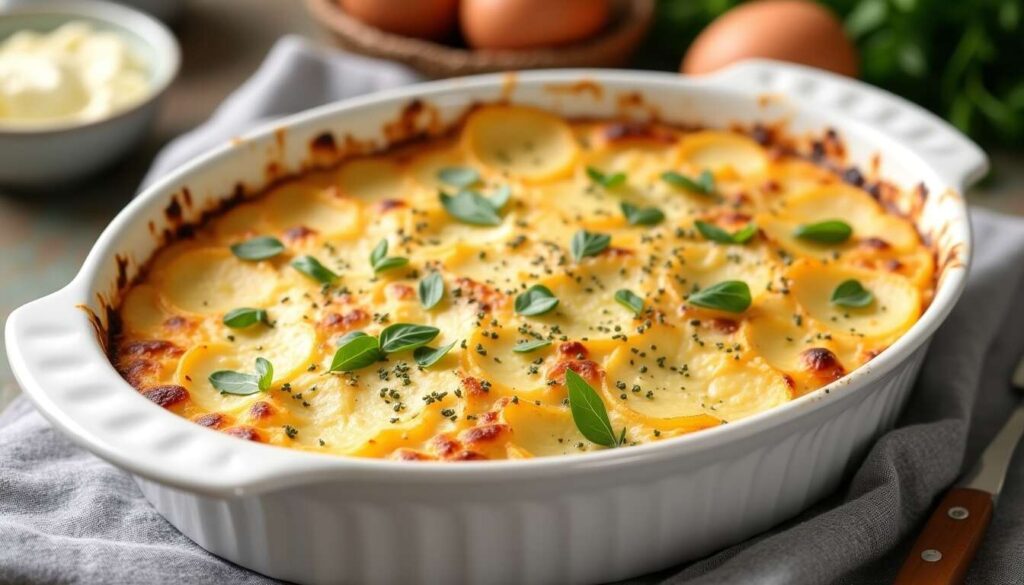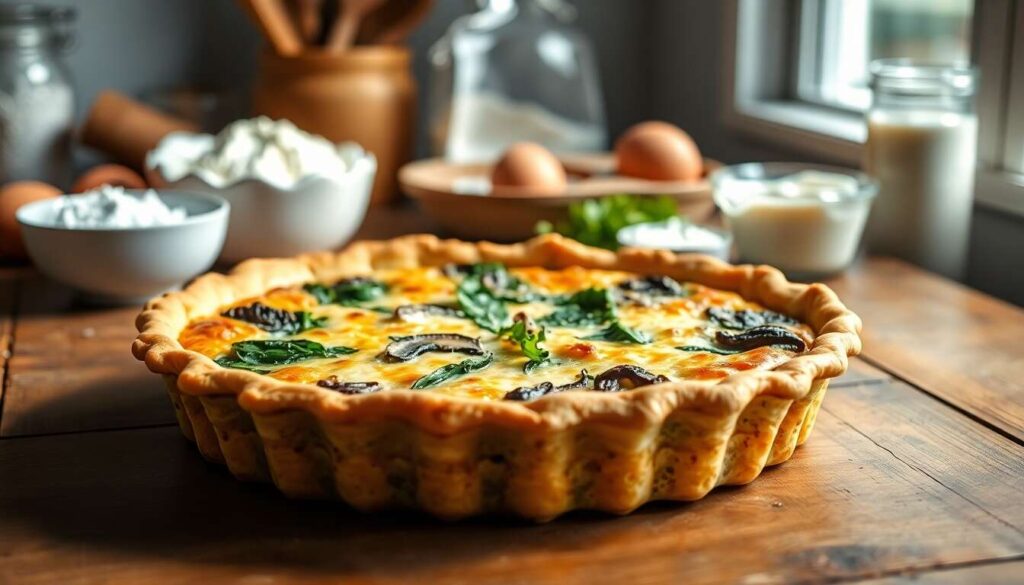Pasta is a staple in countless cuisines, cherished for its simplicity and versatility. Yet, nothing is more frustrating than watching your pasta turn into a sticky clump on the plate. But fear not; straightforward and effective solutions exist to tackle this dilemma. In this article, we will delve into the reasons behind sticky pasta and provide clear, precise steps to prevent it.
Understanding Why Your Pasta Sticks: Mistakes to Avoid
The Main Causes of Stickiness
The primary reason pasta becomes sticky is the starch released during cooking. This starch acts as a natural binder, making the pasta more prone to clumping together, especially when drained and left unattended.
Common Cooking Errors
Several common missteps can lead to this frustrating issue. Here are the key offenders:
- Using insufficient water: A concentrated amount of starch increases the risk of adhesion.
- Not stirring enough: Failing to mix the pasta during cooking encourages clumping.
- Draining the pasta too soon: This leaves starch on the surface, which will quickly solidify.
To prevent your pasta from sticking, it is essential to recognize these mistakes and adopt proper cooking practices.
The Importance of Water Quantity and Pot Size
Selecting the Right Pot
The size of your pot is crucial for ensuring adequate water circulation around the pasta. Use a large pot to allow the pasta to move freely and avoid sticking together.
The Right Water-to-Pasta Ratio
A proper water ratio is key to diluting starch effectively. The golden rule is to use 1 liter of water for every 100 grams of pasta. Here is a table to illustrate this recommendation:
| Grams of Pasta | Liters of Water |
|---|---|
| 100g | 1L |
| 200g | 2L |
| 300g | 3L |
By adhering to these proportions, you ensure your pasta reaches perfection while avoiding adherence.
Simple Tips for Cooking Pasta Without Stickiness
Effective Stirring
Stirring the pasta right after it hits the water and for the first 2-3 minutes of cooking is vital for ensuring proper separation.
Using Salt
Adding salt to the water—1 tablespoon per liter—just before adding the pasta is crucial. Not only does this enhance flavor, but it also helps stabilize the pasta’s texture.
Avoiding Oil
Contrary to popular belief, adding oil to the water is not recommended. The oil doesn’t mix with the pasta but floats on the surface, preventing sauces from adhering properly and reducing the overall harmony of the dish.
By applying these tips, you can look forward to a seamless culinary experience, free from sticky mishaps.
The Crucial Role of Cooking Time and Draining
Mastering Cooking Time
The cooking time is pivotal for achieving the perfect texture. Cooking pasta al dente, meaning slightly firm to the bite, enhances the mouthfeel and reduces the chance of sticking.
Draining: An Art to Perfect
Once your pasta is cooked, drain it promptly, but be sure to reserve a small amount of cooking water. This water contains starch and can be used to adjust the consistency of your sauce.
These techniques will help you achieve an ideal texture and significantly reduce the risk of sticking.
Mixing Immediately with Sauce: The Final Gesture to Master
Quick Integration with Sauce
To prevent sticking, it is essential to mix the pasta with its sauce without delay. The residual starch on the pasta’s surface helps the sauce adhere better, allowing for a harmonious dish.
By incorporating your pasta into the sauce of your choice immediately, you maximize flavor and eliminate the chances of adhesion.
These straightforward solutions will ensure your pasta dishes turn out beautifully. With these guidelines, your pasta will remain well-separated and perfectly aligned with their sauce, transforming each meal into a delightful experience. Explore our recommendations [affi=id] for quality products that will further ease your pasta preparation.
With these tips and techniques, preparing non-sticky pasta becomes an attainable goal for everyone. This guide offers practical, effective methods to make every pasta dish a culinary success. Relish the simple pleasures of well-cooked, flavorful pasta to the fullest.

